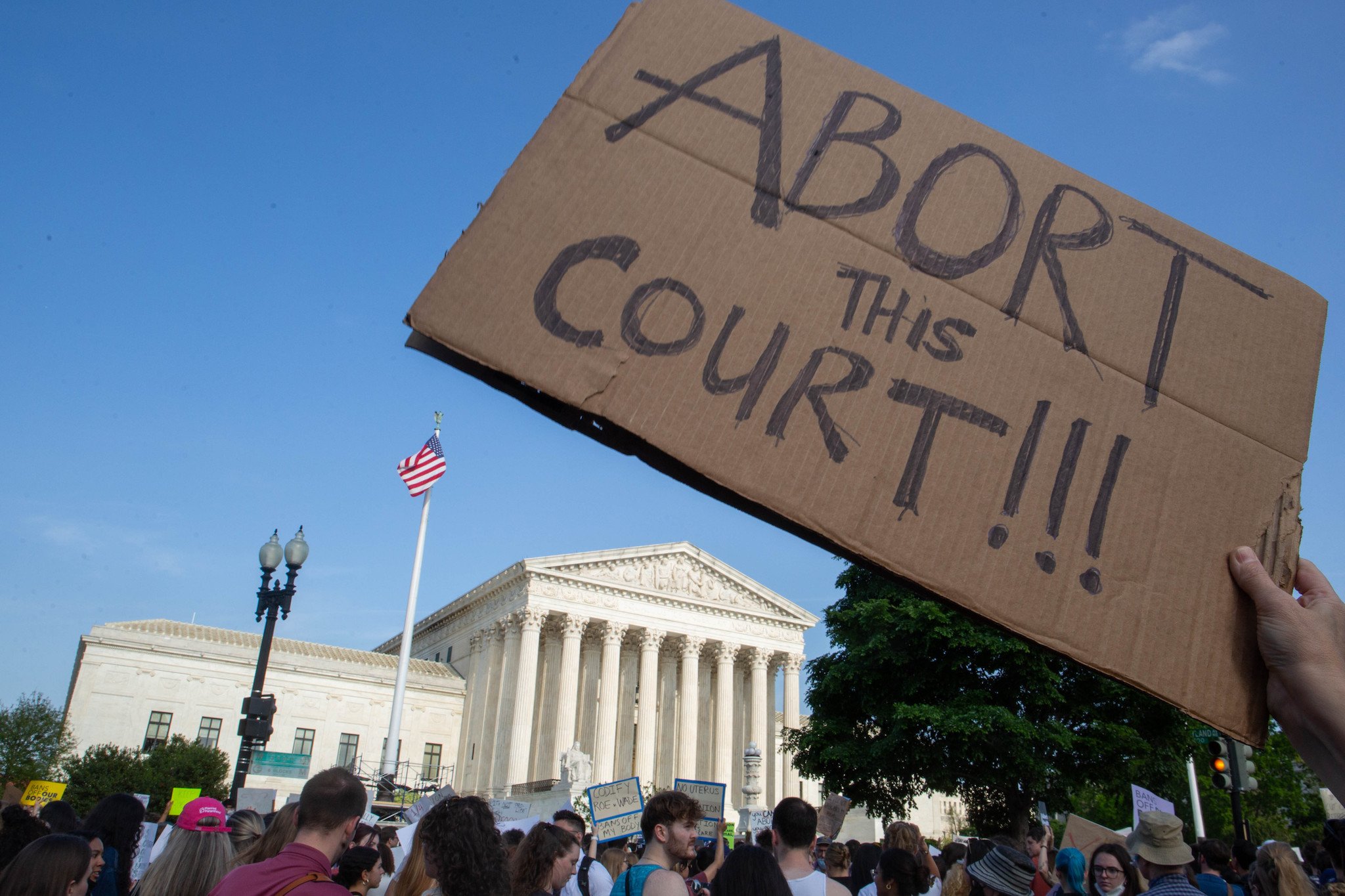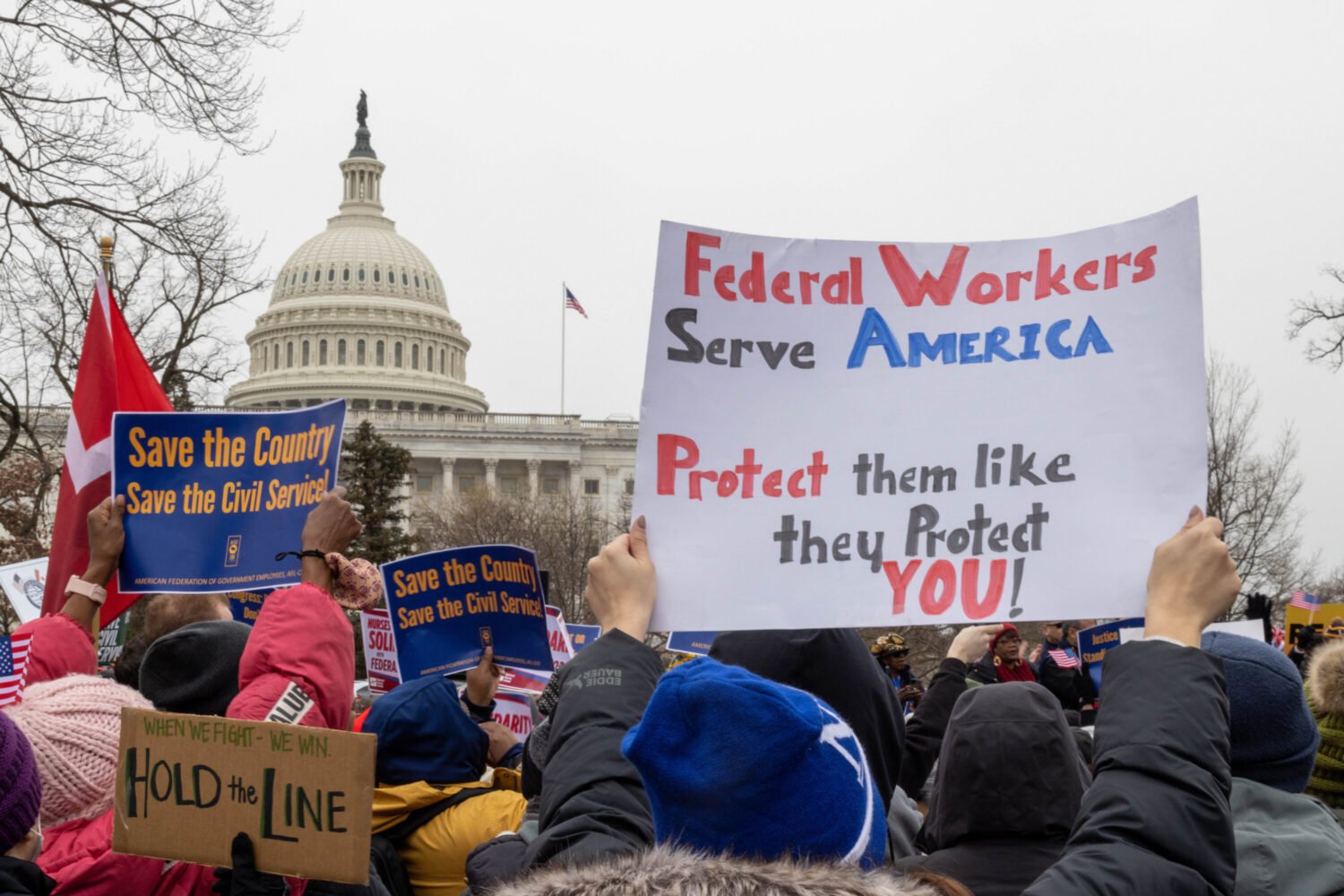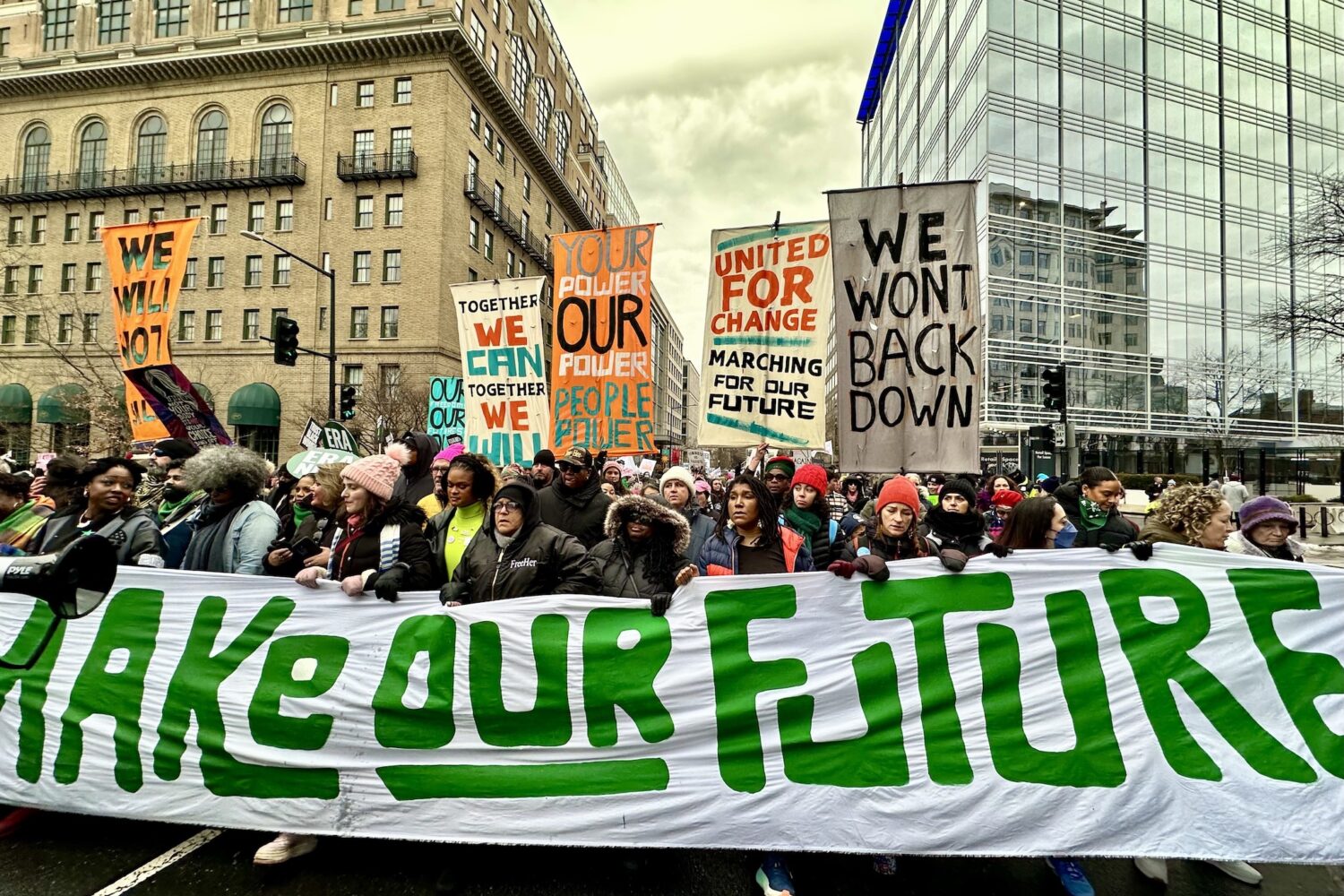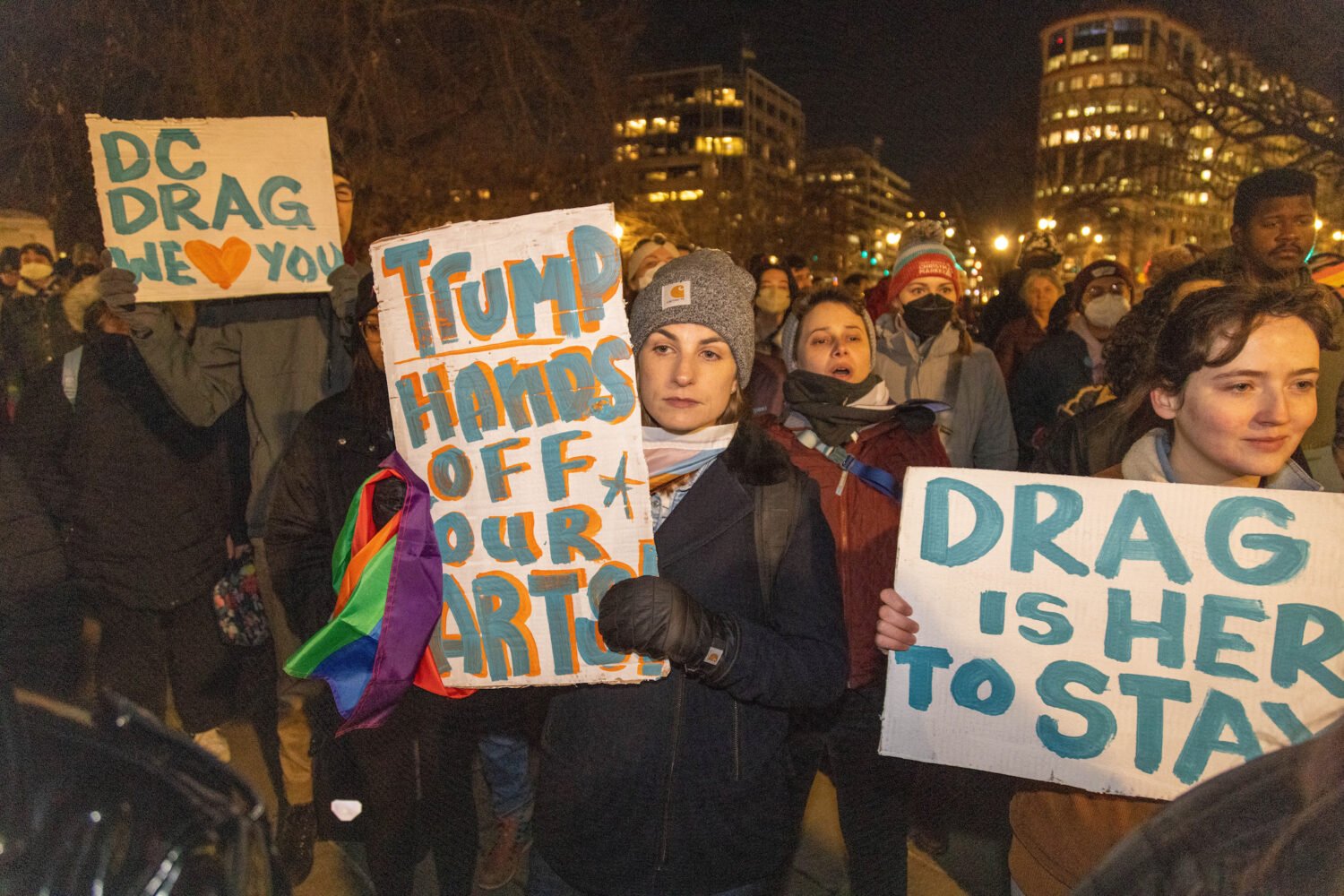On Wednesday, Fairfax County Board of Supervisors Chairman Jeffrey C. McKay wrote a letter to Virginia Governor Glenn Youngkin, who has come under increasing pressure from conservatives to provide more protection for Supreme Court Justice Samuel Alito, who lives in Fairfax. “Your suggestion to establish a ‘perimeter’ for the purpose of ‘limiting unauthorized vehicle and pedestrian access’ to neighborhoods surrounding the homes of the Justices is paramount to a checkpoint that federal courts have held violates the Fourth Amendment. There are obvious First Amendment concerns as well,” he wrote.
The county police, McKay wrote, “are equally committed to protecting the First Amendment guarantees afforded to those who gather to exercise their freedom of speech. These two endeavors are not mutually exclusive.”
Youngkin’s concern about access to Alito amplifies a growing narrative on the right that Supreme Court justices are under siege after Politico reported the court is set to overturn Roe v. Wade, in a draft decision authored by Alito. (It may also reflect an effort to shift the conversation over abortion, which most Americans believe should remain legal, to the tactics of pro-choice activists.)
Indeed, since Politico’s scoop, crowds of pro-abortion-rights demonstrators have marched to the homes of Supreme Court justices over the past week. Led by the activist group ShutDownDC, hundreds of people have stood outside the homes of justices Brett Kavanaugh, Samuel Alito, and John Roberts, chanting slogans like “Alito is a coward” and “We will not go back.”
Another pro-choice group, Ruth Sent Us, announced their plan to protest outside the homes of the six conservative justices, including Amy Coney Barrett, Clarence Thomas, and Neil Gorsuch, on Wednesday, but a map of the justices’ addresses on its website was removed for violating Google Maps’ terms of service.
As many conservatives have pointed out, there is in fact a federal law that prohibits “pickets or parades” at any judge’s residence that is intended to influence their work. In addition, Virginia and Montgomery County both have laws that prohibit protests in front of or next to any private residence. But as McKay’s letter asserts, there could be constitutional dimensions to such laws that could prove to be a headache for localities. (Protesters have long targeted the homes of prominent Washingtonians, inflating a giant condom over Senator Jesse Helms’s house in 1991, for example, or throwing a gay dance party outside Mike Pence’s house at the dawn of the Trump administration.) So while there have been instances in the past where protesters have been arrested or a target of protests has pressed charges against demonstrators, police in this region tend to turn away protesters or simply stand guard rather than make mass arrests.
Hope Neyer, a member of ShutDownDC’s communications team, says the group started going to the justices’ homes after the Supreme Court’s police force installed tall fencing outside the Supreme Court. Absent a clear place to make their case outside the court, Neyer says, the home protests are an attempt to get the justices and members of the press to hear their concerns. “If they won’t listen to us at the court,” Neyer says, “then they’re going to have to listen to us at their home.”
Mark Lance, cofounder of Georgetown University’s Justice and Peace Studies program, largely agrees. “Here’s a man who is going to strip away 50-year-old privacy and autonomy rights from all the childbearing people in America,” he says of Alito. “It’s ironic to say that his property and his privacy are sacrosanct when the Supreme Court is about to take away basic autonomy rights from half the country.”
But this tactic, says Cathy Lisa Schneider, a professor at American University who studies social movements and urban politics, could derail the conversation activists hope to spark. “Staying in front of justices’ houses and harassing them doesn’t help your overall struggle, because now that is what we’re talking about,” she says. Instead, she advises, activists should try to elect pro-abortion-rights officials at all levels and remember that the Supreme Court justices aren’t the sole actors in restricting abortion access. “There’s a meaningful resistance to what the court is doing right now,” Lance says. “But it has to be a comprehensive approach.”
That argument doesn’t move Neyer. In fact, she says, the protests at justices’ houses could help knit together a larger movement in a post-Roe world, if the Supreme Court indeed overturns the precedent at the end of its term. “We are not running out of conservative justices anytime soon, and this doesn’t end when the decision comes out,” she says. “But it is the time right now to build the communities that are going to keep us safe before, during, and after it.”


















